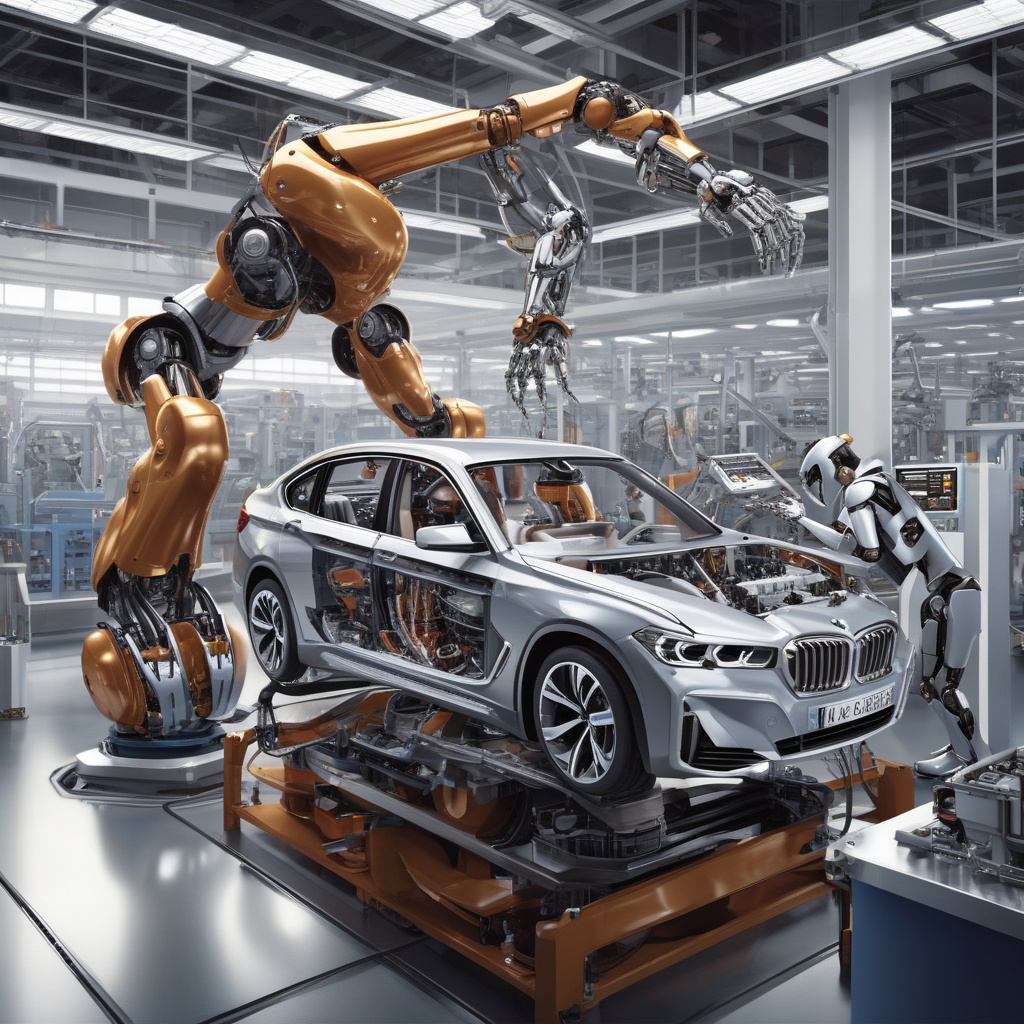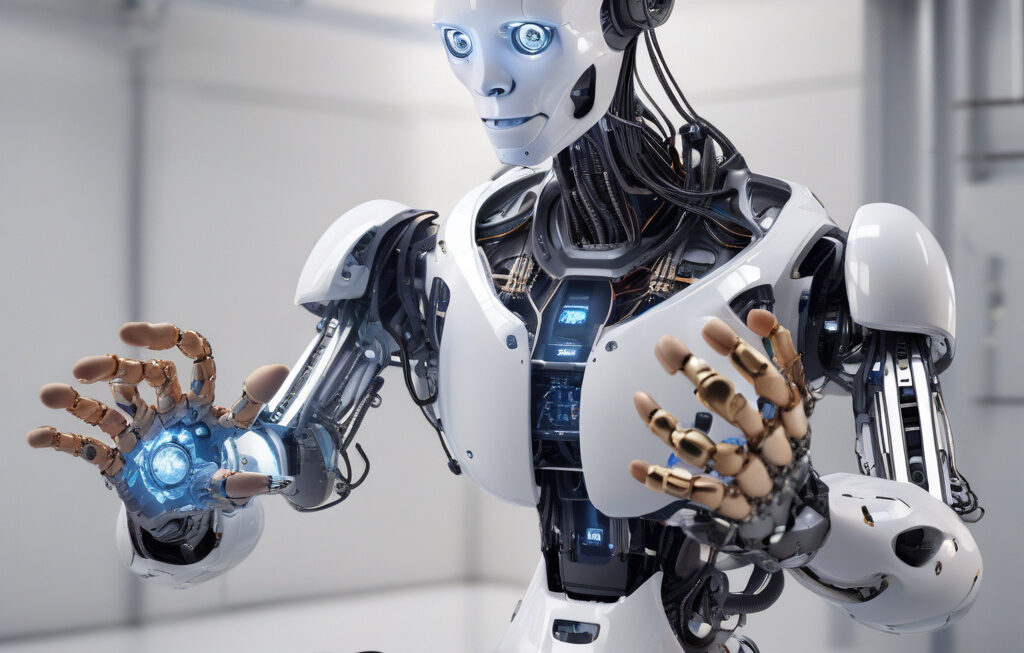Video: BMW’s Humanoid Robot Mechanic Showcases Sharp Precision at US Factory
BMW is taking a bold step toward the future by integrating humanoid robots into its manufacturing processes. In a recent video released by the company, a humanoid robot mechanic is seen loading metal with remarkable precision at a US factory. This innovative approach to automation is not only revolutionizing the automotive industry but also setting new standards for efficiency and accuracy.
The video showcases the humanoid robot mechanic effortlessly handling metal components with sharp precision. Its movements are calculated and swift, highlighting the advanced capabilities of robotic technology. By incorporating humanoid robots into its workforce, BMW is able to streamline production processes, reduce human error, and enhance overall productivity.
One of the key advantages of using humanoid robots in manufacturing is their ability to perform complex tasks with a level of precision that is unmatched by human workers. These robots are equipped with sensors and cameras that allow them to analyze their surroundings and make adjustments in real-time. As a result, they can work with extreme accuracy, ensuring that each component is placed correctly every time.
Moreover, humanoid robots are also capable of working in hazardous environments that may be unsafe for human workers. This not only helps to improve workplace safety but also minimizes the risk of accidents and injuries. By delegating dangerous tasks to robots, companies like BMW can protect their employees and create a more secure working environment.
In addition to their technical capabilities, humanoid robots also offer cost-effective solutions for manufacturers. While the initial investment in robotics technology may be significant, the long-term benefits far outweigh the costs. Robots do not require salaries, benefits, or breaks, making them a cost-efficient alternative to human labor in the long run.
Furthermore, the integration of humanoid robots into manufacturing processes can lead to an increase in overall efficiency. These robots can work around the clock without the need for rest, resulting in continuous production and faster turnaround times. By optimizing their workflow with robotic assistance, companies like BMW can meet consumer demands more effectively and stay ahead of the competition.
The use of humanoid robots in manufacturing is a clear example of how innovation is shaping the future of industry. As technology continues to advance, companies that embrace automation and robotics will have a significant advantage in terms of productivity and performance. By investing in humanoid robots, BMW is not only improving its manufacturing processes but also paving the way for a new era of efficiency and precision.
In conclusion, the video of BMW’s humanoid robot mechanic loading metal with sharp precision at a US factory is a testament to the transformative power of robotics in the automotive industry. By leveraging the advanced capabilities of humanoid robots, BMW is setting a new standard for efficiency, accuracy, and safety in manufacturing. As other companies follow suit and embrace automation, the future of industry looks brighter than ever.
robotics, automation, manufacturing, BMW, efficiency












